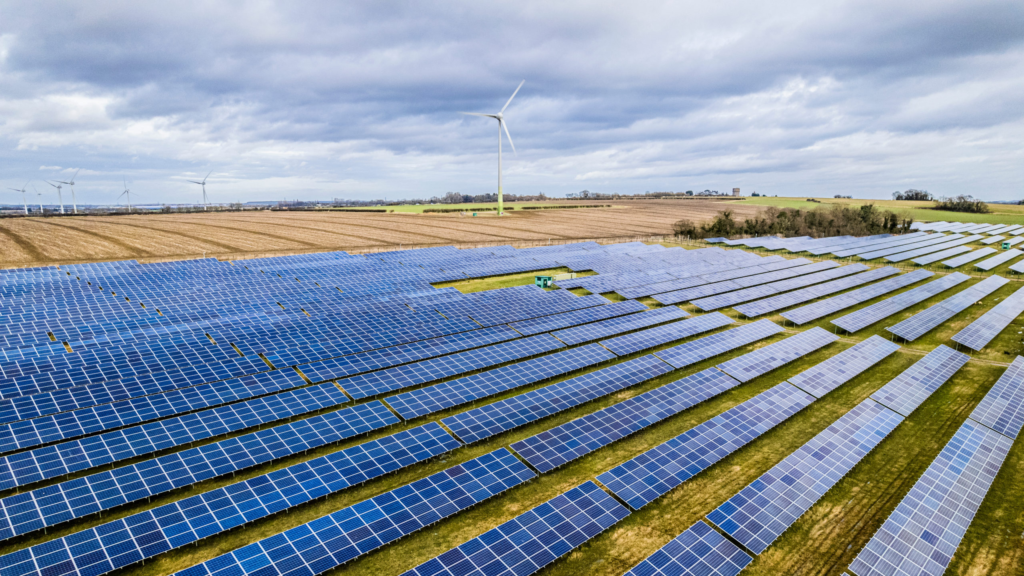Dr Iain Staffell, Professor Richard Green, Professor Tim Green and Dr Malte Jansen – Imperial College London, Dr Malte Jansen – University of Sussex, Professor Rob Gross – UK Energy Research Centre
For 50 hours over the last quarter, Britain had enough clean electricity to meet the entire country’s demand, plus export low-carbon power to our neighbours. We now have 45 GW of renewable capacity installed (wind, solar, biomass and hydro), plus 7 GW of nuclear power, which compares to demand that ranged from 18 to 48 GW over the last year. So when the right kind of weather combined with low demand (e.g. mild windy nights), clean output can easily exceed demand.
This became commonplace between Christmas and New Year, with 5 AM on 30 December seeing a record of 3 GW of surplus clean power produced. Clean sources produced over 26.4 GW while demand was only 23.4 GW. However, this surplus of clean power did not mean that coal and gas stations were all switched off. Coal and gas were still producing over 2 GW during these hours, but this was less than exports of 5.5 GW.
The electricity supply mix during the week of Christmas to New Year’s Eve.
Periods when total supply from clean sources exceeded demand are highlighted in pale green.
Fossil fuelled generators are still required to run continuously, as they provide the flexibility and inertia that keeps the power system stable. All thermal and hydro power stations have turbines which spin at the same frequency: 50 times a second (or 50 Hz). If a generator or interconnector develops a sudden fault, the shortage of generation relative to demand means the frequency will fall. The inertia from their rotating mass continuing to turn means that it does not fall too fast (just as a ten-pin bowling ball continues running on after hitting the skittles. This gives time for other generators to start to replace the lost output. But the generators must be flexible enough to increase output quickly (which typically rules out nuclear stations) and must already be running part-loaded (so they can increase demand). Wind and solar power generation do not naturally provide inertia, as they connect to the grid through power electronics. With their share of generation increasing, National Grid ESO is now having to specifically procure inertia services from new and existing power stations, rather than it being an ever-present feature of the grid mix.
The minimum safe amount of fossil fuels we need is continuously falling though. On 29 December this minimum fell to its lowest ever minimum of 1.6 GW. Up until a year ago, this had never fallen below 2.4 GW.
The minimum instantaneous power generation from fossil fuels in each quarter since 2010 (in GW). Shown on a logarithmic axis to reflect the increasing difficulty of further reductions.
Four things are needed to make this goal a reality:
- More low carbon sources of flexible generation, such as biomass, or in future hydrogen burnt in gas turbines
- More energy storage, such as pumped hydro and lithium-ion batteries
- More flexible demand, such as National Grid ESO’s new Demand Flexibility Service, and customers being paid to delay their electricity use
- More interconnection with neighbouring countries.
Being able to run the system for an hour with zero CO2 produced will be a major achievement, but is still only one step towards a fully net-zero electricity system. In January, Chris Skidmore launched the Net Zero Review, which called for a ‘war effort’ to “rapidly accelerate the transition away from fossil fuels and bolster its energy security”. The February cabinet reshuffle has created a new Department for Energy Security and Net Zero, which puts the commitment to Net Zero in the very title, and among its priority outcomes.
